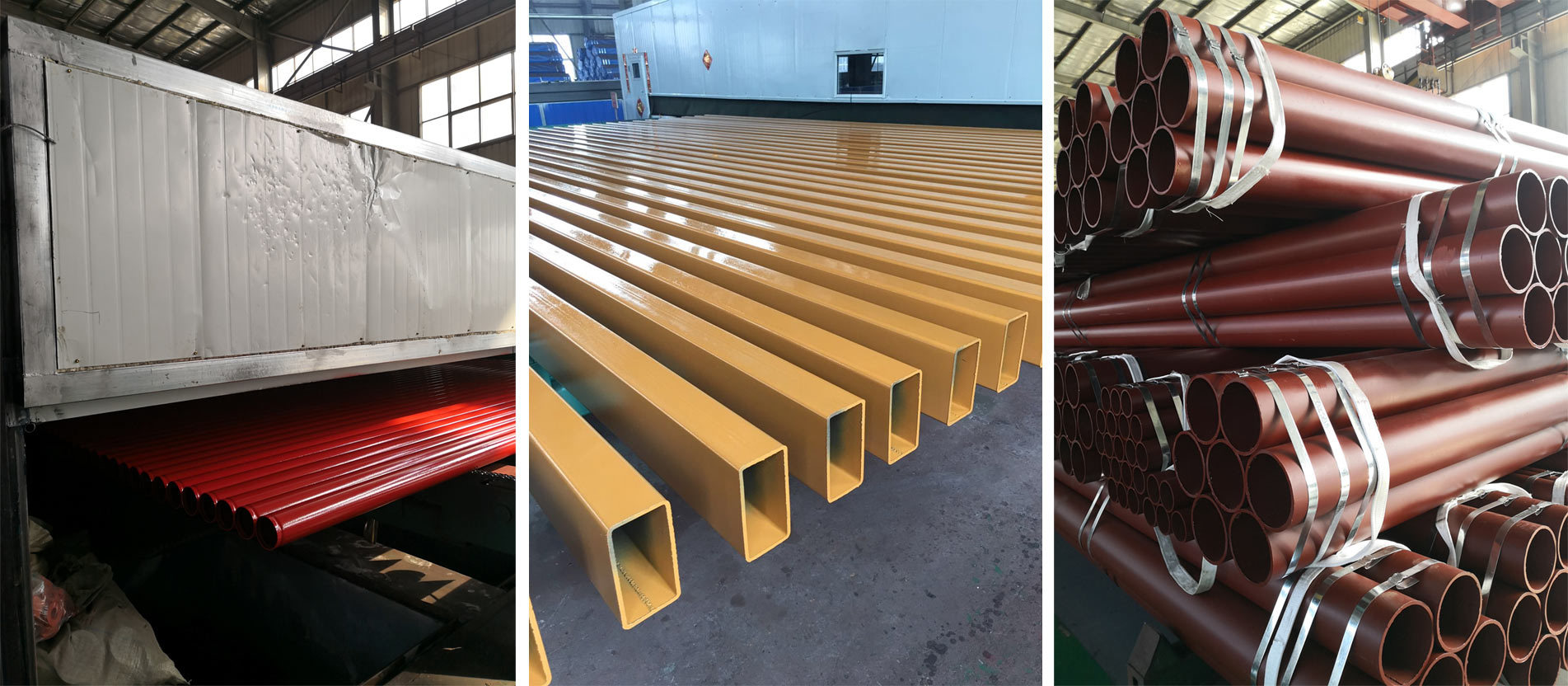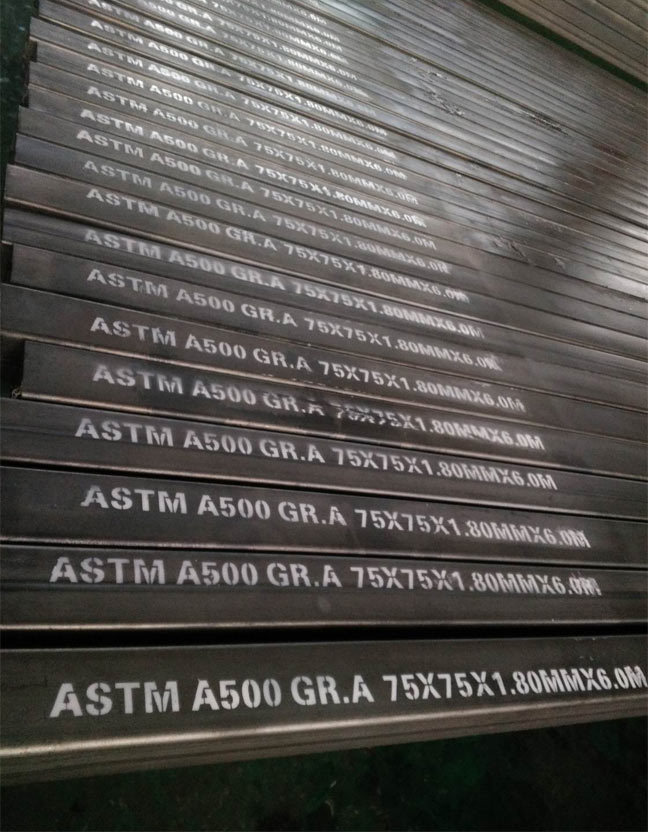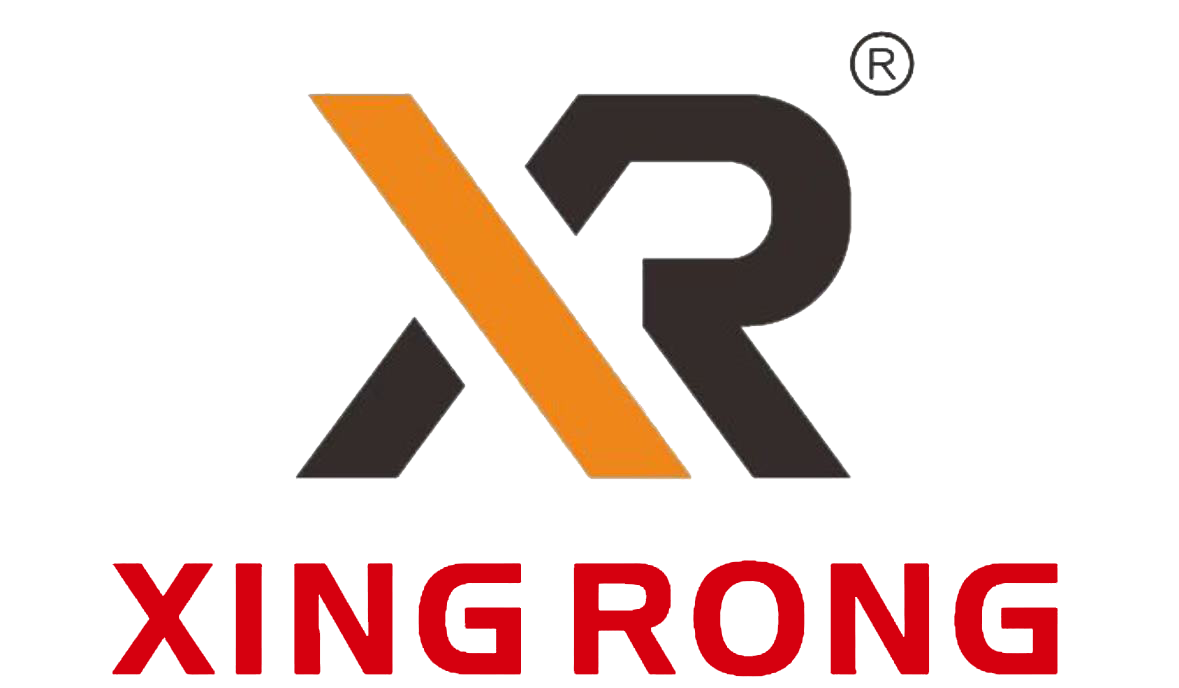Pipe Surface
* GALVANIZING
Hot-dip galvanized pipe is to make the molten metal react with the iron matrix to produce an alloy layer, thereby combining the matrix and the coating. Hot-dip galvanizing first acid washes the steel pipe to remove the iron oxide on the surface of the steel pipe. After acid washing, it is cleaned in a tank with ammonium chloride or zinc chloride aqueous solution or a mixture of ammonium chloride and zinc chloride aqueous solution, and then sent to the hot-dip galvanizing bath.
Hot-dip galvanizing has the advantages of uniform coating, strong adhesion, good corrosion resistance, and long service life. Especially in harsh environments, such as humid, rainy, acid rain, salt spray and other environments, the performance of hot-dip galvanizing is more prominent. The steel substrate and the molten plating solution undergo complex physical and chemical reactions to form a corrosion-resistant zinc-iron alloy layer with a tight structure. The alloy layer, pure zinc layer, and steel substrate are fused together. Therefore, it has strong corrosion resistance.
1. Uniformity of the coating: The steel pipe specimen shall not turn red (copper-plated color) after being immersed in the copper sulfate solution for 5 consecutive times.
2. Surface quality: The surface of galvanized steel pipe shall have a complete galvanized layer, and there shall be no black spots and bubbles that are not coated. It is allowed to have a slightly rough surface and local zinc nodules present.
| What is the difference between hot dip galvanized and pre galvanized ? | |||||||
| Hot Dip Galvanized Steel Pipe | Pre Galvanized Steel Pipe | ||||||
| Steel Pipe Thickness | 1.0mm and above | 0.8mm to 2.2mm | |||||
| Zinc Coating | average 200g/m2 to 500g/m2 ( 30um to 70um ) | average 30g/m2 to 100g/m2 ( 5 to 15 microns ) | |||||
| Advantage | even coating, strong adhesion, good sealing, and long lifespan | smooth surface, bright color, and thin coating | |||||
| Usage | widely used in Low-pressure fluid transportation for water, sewage, gas, air, heating steam, municipal construction, petrochemical, shipbuilding and other fields. | structural engineering, furniture manufacturing and other fields. | |||||

* PAINTING
Painted steel pipe is to spray different colored coatings on the surface of the steel pipe in order to improve the corrosion resistance and aesthetics of the pipe. Painted steel pipes include spray-coated steel pipes and painted steel pipes.
Spray-coated steel pipe is first acid-washed, galvanized and phosphated, and then electrostatically sprayed. The advantages of this method are strong adhesion of the coating, not easy to peel off, good protective performance, bright and beautiful colors; the disadvantage is that the cost is relatively high, and special spray equipment and highly skilled personnel are required to operate.
Painted steel pipe is directly spray-painted different colored coatings on the surface of the steel pipe without acid washing, galvanized nor phosphating, in order to improve the corrosion resistance and aesthetics of the pipe. The advantages of this method are relatively low cost and simple and convenient processing; the disadvantages are weak adhesion, difficult to achieve long-term corrosion resistance effect, and relatively monotonous color.
When using painted steel pipes, it is necessary to select the appropriate paint type, color and thickness according to the specific conditions of use and requirements. At the same time, it should be ensured that the surface of the steel pipe is dry, clean and smooth to ensure the coating adhesion effect and service life.
Spray-coated steel pipe

Painted steel pipe

* 3PE FBE
3PE (3-Layer Polyethylene) and FBE (Fusion Bonded Epoxy) are two forms of coatings applied to pipes and pipelines in the oil and gas industry to slow or prevent corrosion.
3PE is a three-layer coating that consists of an epoxy primer, a copolymer adhesive, and a polyethylene topcoat. The epoxy primer provides a good bonding surface for the copolymer adhesive, which in turn provides a bonding surface for the polyethylene topcoat. The three layers work together to protect the pipe from corrosion, abrasion, and impact damage.
FBE, on the other hand, is a two-layer coating system that consists of a particulate-filled epoxy resin base and a topcoat that is a polyamide. The particulate-filled epoxy provides excellent adhesion to metal surfaces, while the topcoat provides excellent chemical resistance and abrasion resistance. FBE coatings are used in a variety of applications, ranging from oil and gas pipelines to water and wastewater systems.
Both 3PE and FBE coatings are effective at protecting pipelines and pipes from corrosion, depending on the specific application requirements. The choice between the two is typically driven by factors such as the type of pipeline, the operating conditions, and the cost.
| 3PE V.S. FBE | |||||||
| Adhesion Strength | 3PE coating provides higher adhesion strength than FBE, as the copolymer adhesive in 3PE helps in better bonding between the epoxy primer and polyethylene topcoat layers. | ||||||
| Impact and Abrasion | The polyethylene topcoat in the 3PE coating provides better resistance against impact and abrasion compared to FBE. | ||||||
| Usage | FBE coatings are preferred in pipelines where the operating temperature is high as they can withstand high temperatures better than 3PE coatings. On the other hand, 3PE coatings are preferred in applications where the pipeline is exposed to soil and water, as it provides better protection against corrosion and rust. | ||||||
*Oiling
Applying oil to the outer surface of the steel pipe is a method of providing corrosion protection and protection to the steel pipe. Oiling can slow down the contact between the steel pipe and the external environment, and prevent the steel pipe from being affected by oxidation, corrosion, wear, etc.

*Stencil or Stamp

*Punching
Operate mechanical punching machine to apply pressure to the punch using the punching die. Maintain a steady pressure until the punch penetrates the steel pipe wall, forming a clean and precise hole.
The steel pipe drilling process has a wide range of applications, including but not limited to the following:
1. Connection of steel pipes: Drilling is one of the commonly used methods for connecting steel pipes. Through the steel pipe drilling process, holes can be opened on the steel pipe, so that bolts and nuts can be installed on joints and flanges, so as to achieve the purpose of connection.
2. Fixing of steel pipes: It is also a common application to fix steel pipes to walls or other surfaces through the steel pipe drilling process.



